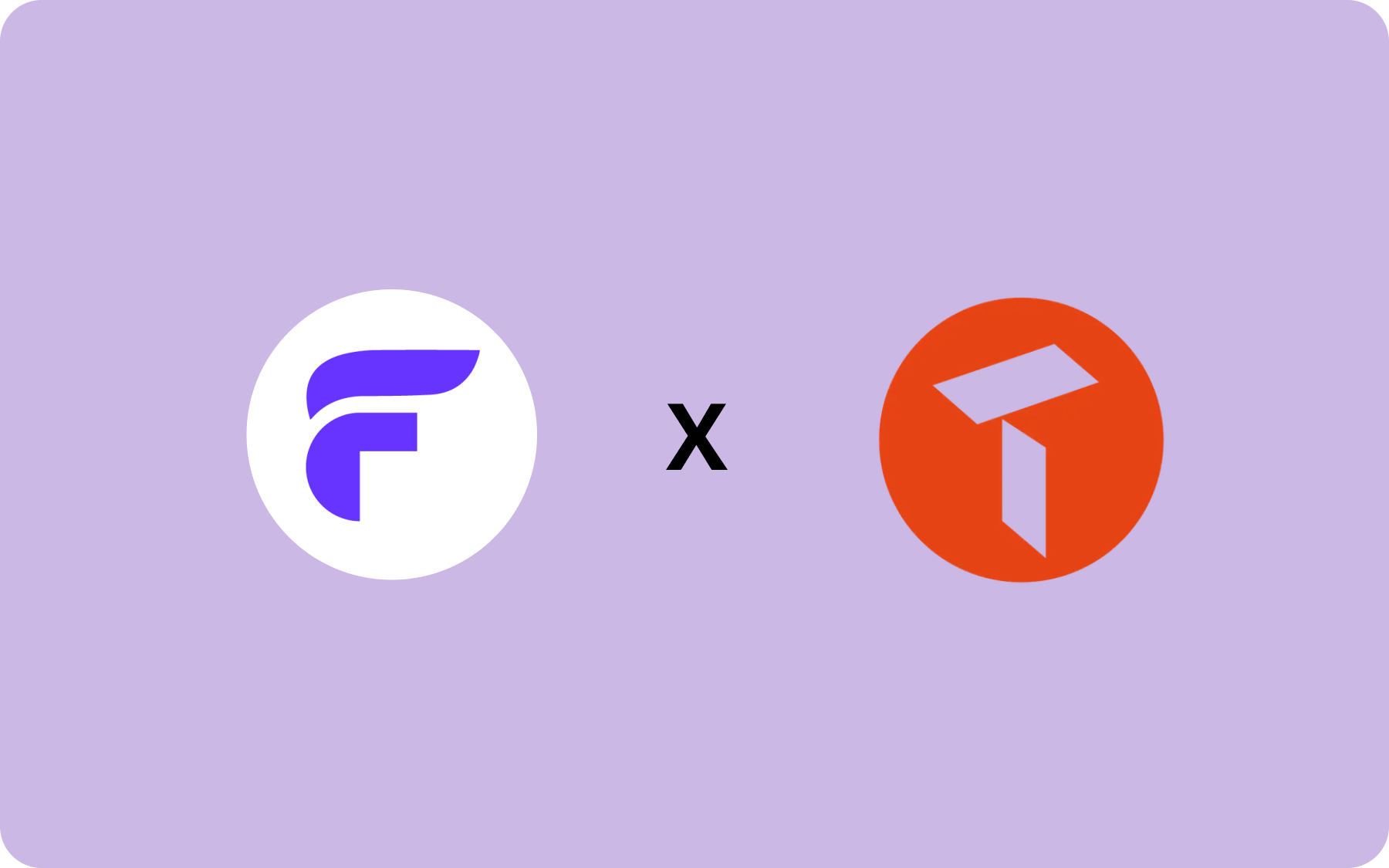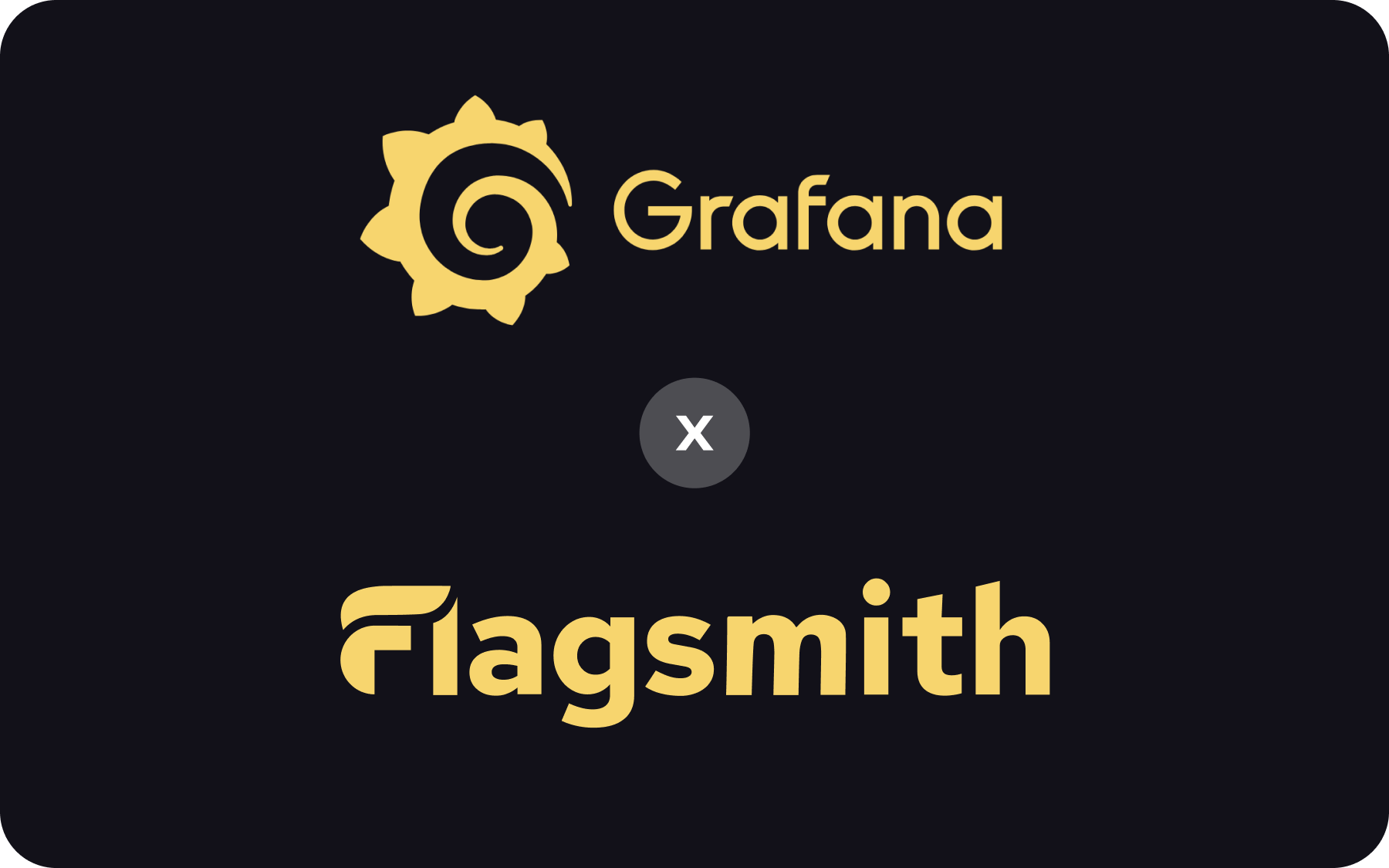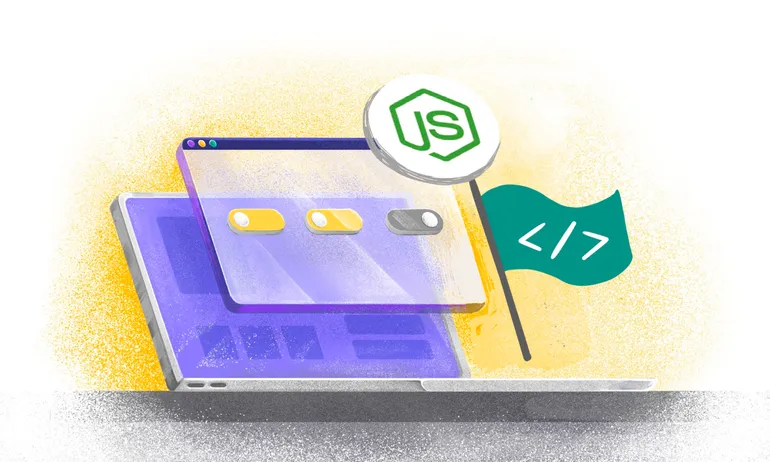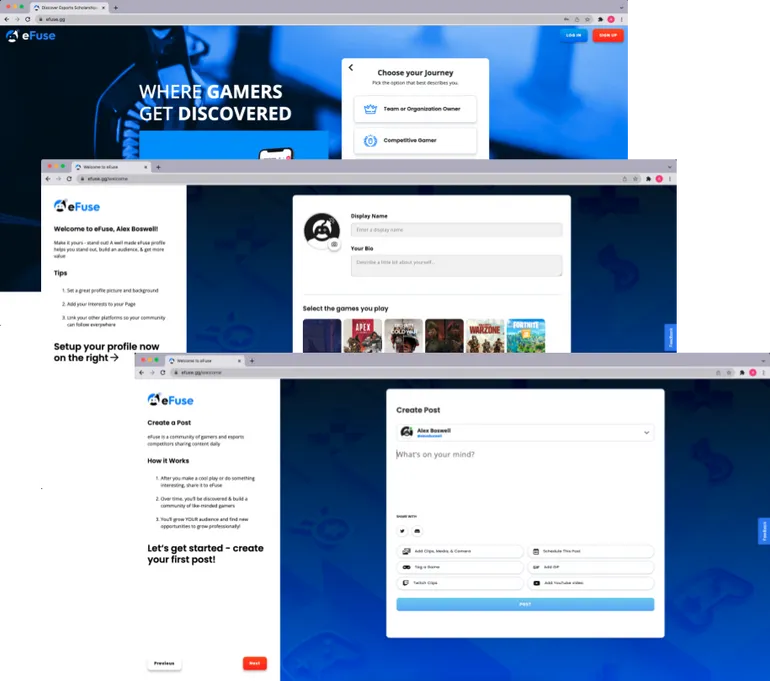Software Engineering Daily Podcast: Shipping Features with Ben Rometsch

Flagsmith founder and CEO, Ben Rometsch, talked to Paweł Borkowski for the Software Engineering Daily podcast. Tune in to hear about how teams are using feature flags for everything from simple feature toggles to string internationalisation. Ben also shares insights into what we’ve learned from building Flagsmith, the thought process behind what we do and don’t build, and the mindset that open-source creators share.
Listen to the Episode:
On the Software Engineering Daily website
On the Software Engineering Daily YouTube channel
Questions Covered in the Podcast:
- How do people use feature flags?
- What type of tech stack do we use to build Flagsmith?
- What was our experience starting a bootstrapped company?
- What goes into building a remote team and supporting clients that are spread around the world?
- What’s one thing that stands out from speaking to other open-source creators on the Craft of Open Source podcast?
- What goes into building a remote team and supporting international clients that want to stand up infrastructure in Kubernetes and have detailed technical questions?
Preview: One Learning From Speaking to Creators in Open-Source
There’s a huge sense of openness and collaboration among COSS companies and founders. Something that binds the creators together is the belief in building a commercial entity and providing open-source code simultaneously. These founders understand that the two efforts can live in a complementary manner and we don’t have to worry about one negatively affecting the other. Because of that mindset and open philosophy, people are building tools that bring a huge amount of value for free.
Preview: How do Teams Use Feature Flags and Flagsmith?
Feature flags are very simple at their core. As a result, there are very simple boolean use cases for Flagsmith, but there are also teams that bend the use cases to apply them to their needs. Their implementation is at the developers’ discretion.
A lot of teams will use feature flags to turn on features in production. This is the base use case, and it means being able to decouple deploy and release. Issues are faster to fix, easier to clean up, and have a smaller blast radius when they’re gated behind a feature flag.
Others will take the flexibility of the platform and use it to do string internationalisation, drive multivariate tests that send behavioural data to analytics platforms, or segment users and target feature releases to subsets of users. Ultimately, feature flagging gives developers a lot of freedom to change the way they think about releasing.
Tune into the Software Engineering Daily podcast to learn more about how feature flags work for teams.
Relevant links:
- The Craft of Open Source podcast – to hear Ben’s conversations with open-source founders about their mindsets
- Lessons Learned Along the Way to $1M ARR – to learn more about our experience building a bootstrapped company
- Our Flagsmith roadmap – to learn about upcoming features and the direction we’re going
- About Us - to learn about Flagsmith and our build choices

.webp)


























.png)
.png)

.png)

.png)


.png)






















.png)
















